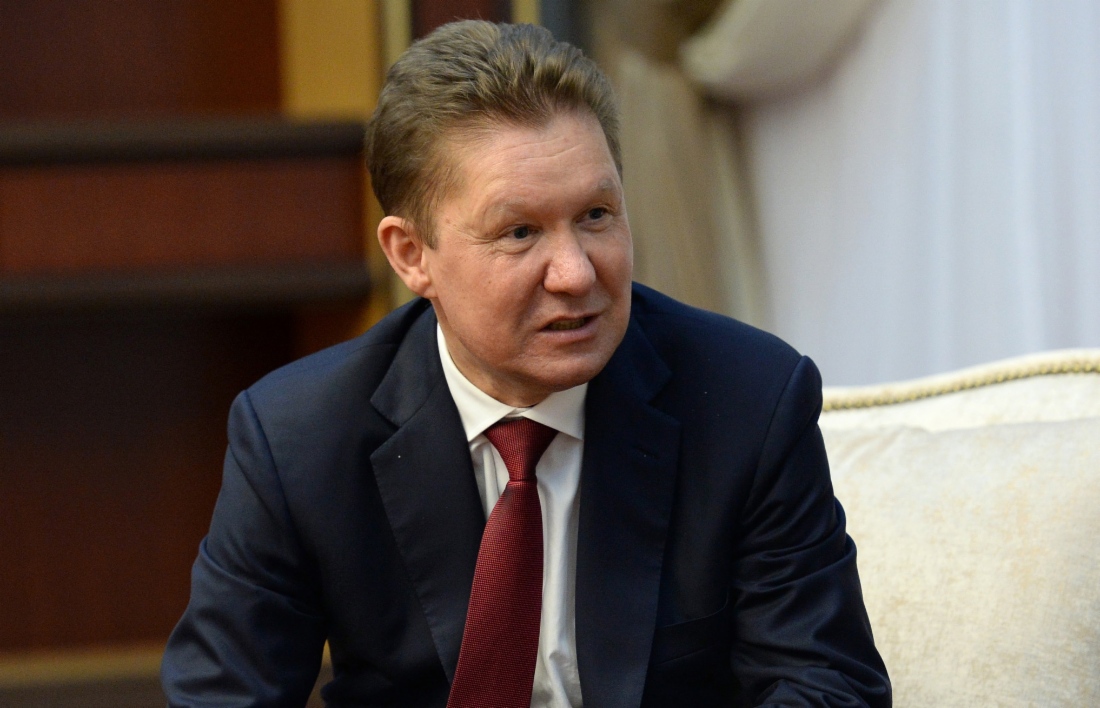The preliminary results are in for Gazprom’s core activities in the year 2020
“The preliminary results are in for Gazprom’s core activities in the year 2020.
The Company fulfilled all of its obligations to consumers in Russia and abroad in a reliable manner.
According to current data, Gazprom delivered 225.7 billion cubic meters of gas to the domestic market from the gas transmission system last year. This includes 33.2 billion cubic meters supplied in December – the largest amount for this month since 2013.
Gazprom’s exports to countries beyond the former Soviet Union amounted to 179.3 billion cubic meters in 2020. This result is in the Company’s top five of all time.
Nine European countries increased their gas purchases from Gazprom compared to 2019. Among these countries are Turkey, Greece, Belgium, and Denmark. Supplies to the Netherlands and Slovakia hit record highs.
On January 1, 2021, the Company began supplying gas to Serbia via a new route. This was done right on schedule and in accordance with contractual obligations.
Gas exports to China from the Chayandinskoye field via the Power of Siberia gas pipeline totaled 4.1 billion cubic meters in 2020. In Q4, the daily volumes outstripped the planned amounts, and the surplus in the daily volumes against Gazprom’s contractual obligations reached 84 per cent on December 31.
Thanks to its unique production complex, Gazprom can consistently provide gas to consumers in Russia and beyond. In 2020, the Company produced 452.7 billion cubic meters of gas. At the same time, its production capacities are larger by almost 100 billion cubic meters. Above all, this gives Gazprom a substantial safety margin in the periods of peak winter demand.
An important achievement of 2020 is the signing of gas supply and gas infrastructure expansion programs for 2021–2025 with 67 constituent entities of the Russian Federation. As of today, synchronization plans for 2021 have been signed with the regions. The scope of technically possible gas grid expansion in Russia will reach 90.1 per cent by the end of the five-year period and 100 per cent by 2030.”


